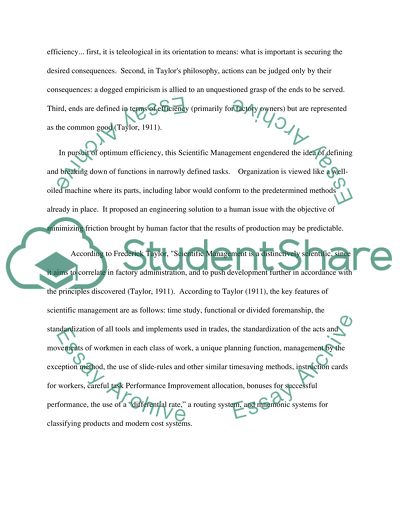Cite this document
(“Taylor's Main Principles of Scientific Management in Working Place Essay”, n.d.)
Retrieved from https://studentshare.org/environmental-studies/1423581-tayloryies-main-principles-of-scientific
Retrieved from https://studentshare.org/environmental-studies/1423581-tayloryies-main-principles-of-scientific
(Taylor'S Main Principles of Scientific Management in Working Place Essay)
https://studentshare.org/environmental-studies/1423581-tayloryies-main-principles-of-scientific.
https://studentshare.org/environmental-studies/1423581-tayloryies-main-principles-of-scientific.
“Taylor'S Main Principles of Scientific Management in Working Place Essay”, n.d. https://studentshare.org/environmental-studies/1423581-tayloryies-main-principles-of-scientific.


